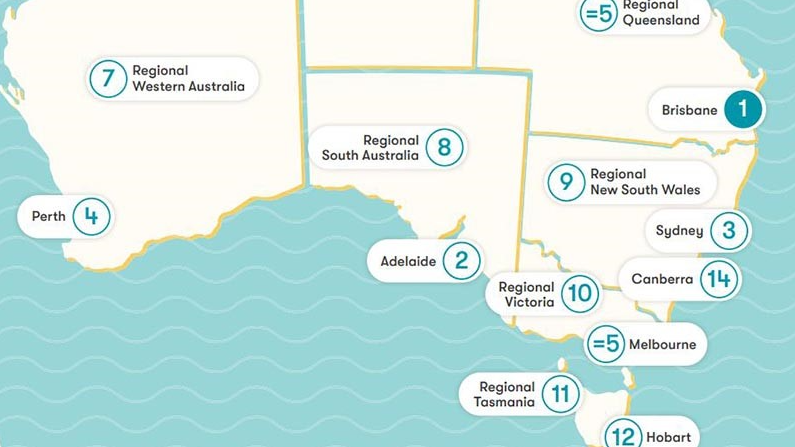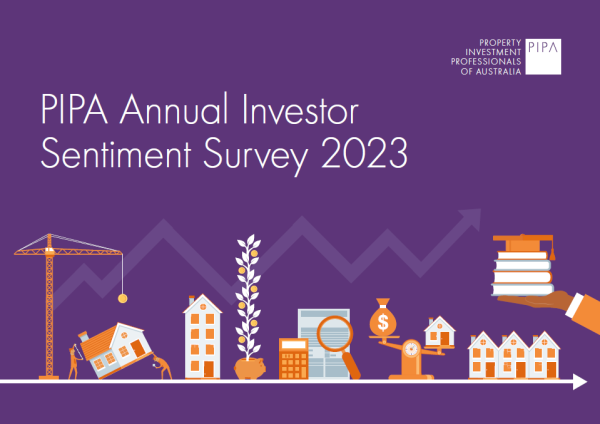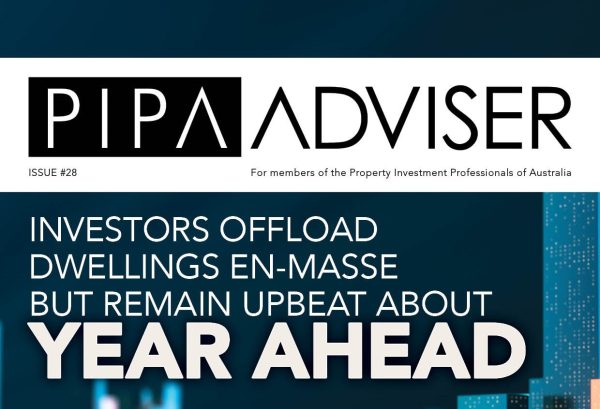How to have your property cake and eat it too
Sep 2021Karen Millers
Categories
Location ReportsMedia releasesNational market updatesPersonal advisersPIPA AdviserPIPA Annual Investor Sentiment SurveysPIPA Member ProfilesPIPA video updatesPIPA webinarsPodcastsProperty advisersProperty newsLatest Articles
‘More chance of winning lotto’ than housing targets being met
PIPA Member Profile | Amanda Turner, Opulence Property
The rapid increase in Sydney property prices has left some would-be property owners catching their breath.
Some potential first-time buyers have found themselves already left out of the running with prices rising faster than their ability to save a decent deposit.
This situation is starting to result in a sharp uptick in the numbers of people opting to become ‘rentvesters‘ – that is, renting in one location and buying in another.
This trend is not entirely new, with an influx of investors opting for this strategy over recent years given higher property prices in markets such as Sydney.
Indeed, according to the 2020 PIPA Annual Investor Sentiment Survey, about 60 per cent of investors would consider rentvesting as a property investment strategy.
The survey also found that the number of first-time buyers who choose to rentvest was increasing, with 44 per cent of first-time investors continuing to rent while buying elsewhere last year – an increase from 34 per cent the previous year.
Challenging times for Harbour City property buyers
Even before the current strong market conditions, Sydney was one of the most competitive property markets in the world with more demand than supply the usual state of play.
This means young people, in particular, have long struggled to gain a foothold in their local property markets, especially in high-demand locations like inner-city suburbs.
With Sydney property prices firmly quickly, many young buyers are already being priced out of their preferred suburbs.
Some buyers are editing their search parameters to improve their chances of securing a property, but the speed of the market is such that they are often priced out of even their secondary choices.
This has resulted in a spike in enquiry from young people who want to invest and are prepared to think outside of the square to make their money work for them – somewhere else.
Lifestyle considerations
One of the main reasons why rentvesting has been growing in popularity is because it enables people to live where they prefer, instead of making massive lifestyle sacrifices to own their own piece of Sydney real estate.
Many buyers may be able to afford their own home if they are willing to move to the outer ring or generally be miserable in something tiny somewhere, but that does not fly with many young people – and nor should it.
That’s because they can usually easily afford to rent in the blue-chip, inner-ring areas of the eastern suburbs, inner-west or the Lower North Shore even if they can’t afford to buy a property there.
They also don’t necessarily want to sacrifice the many conveniences these locations offer, including shorter commuting times to work, being near entertainment precincts, restaurants, and beaches as well as being close to friends and family.
That’s why rentvesting is so popular, because it allows young people to live where they want while investing their dollars in real estate elsewhere.
The benefits of rentvesting
Rentvesting can really be like having your property cake and eating it, too. In fact, there are a number of benefits of adopting this property investment strategy, including:
- Renting where you want to live but continuing to live your best life in a location of your choosing and preference.
- Low rental yields in inner Sydney means that by renting you can afford to live somewhere that you could not afford to buy into yourself.
- Rentvesting enables young, and young at heart, people to remain agile and mobile.
- The strategy means that people can still build wealth through property – they just don’t have to be owner-occupiers.
- Higher yields in other affordable areas may mean the investment property doesn’t cost much to hold.
- Buying in more affordable locations also creates the opportunity to purchase multiple properties or build a small portfolio over time.
What are the risks?
Like any property investment strategy, there are pros and cons to rentvesting.
The strategy may not suit some people simply because of their risk profiles or they are unaware of the best locations to buy outside of their personal property neck of the woods.
Some other risks of rentvesting include:
- Being a homeowner is a dream of most people, but rentvesting will not provide the same emotional benefit of owning your own home or having a principal place of residence.
- Renting over the long-term means you may have to move more often, because you are at the whim of your landlord, who can increase the rent or sell the property.
- Unlike your principal place of residence, which is free from personal tax, you will need to pay Capital Gains Tax on your investment properties, which can eat into profits.
- First home owners’ grants, and programs of their like, are usually only valid for owner-occupiers and not first-time investors.
- Like most property investment strategies, once you commit to a rentvesting strategy, you need to stick to it over the medium to long term because changing your mind could mean selling too soon and not realising any price uplift.
- Property investment can carry significant downsides generally, so do you need to fully understand all of the risks and preferably work with experts to guide you.
- Not all properties appreciate, which means that you need to buy the right property in the right location at the right time for the right price. Inferior properties in inferior locations may not deliver any capital growth – and you could wind up financially worse off than before.
Grant Foley, The Property Tribune, 20 April 2021
https://thepropertytribune.com.au/property-investment/can-you-have-your-property-cake-and-eat-it-too/




